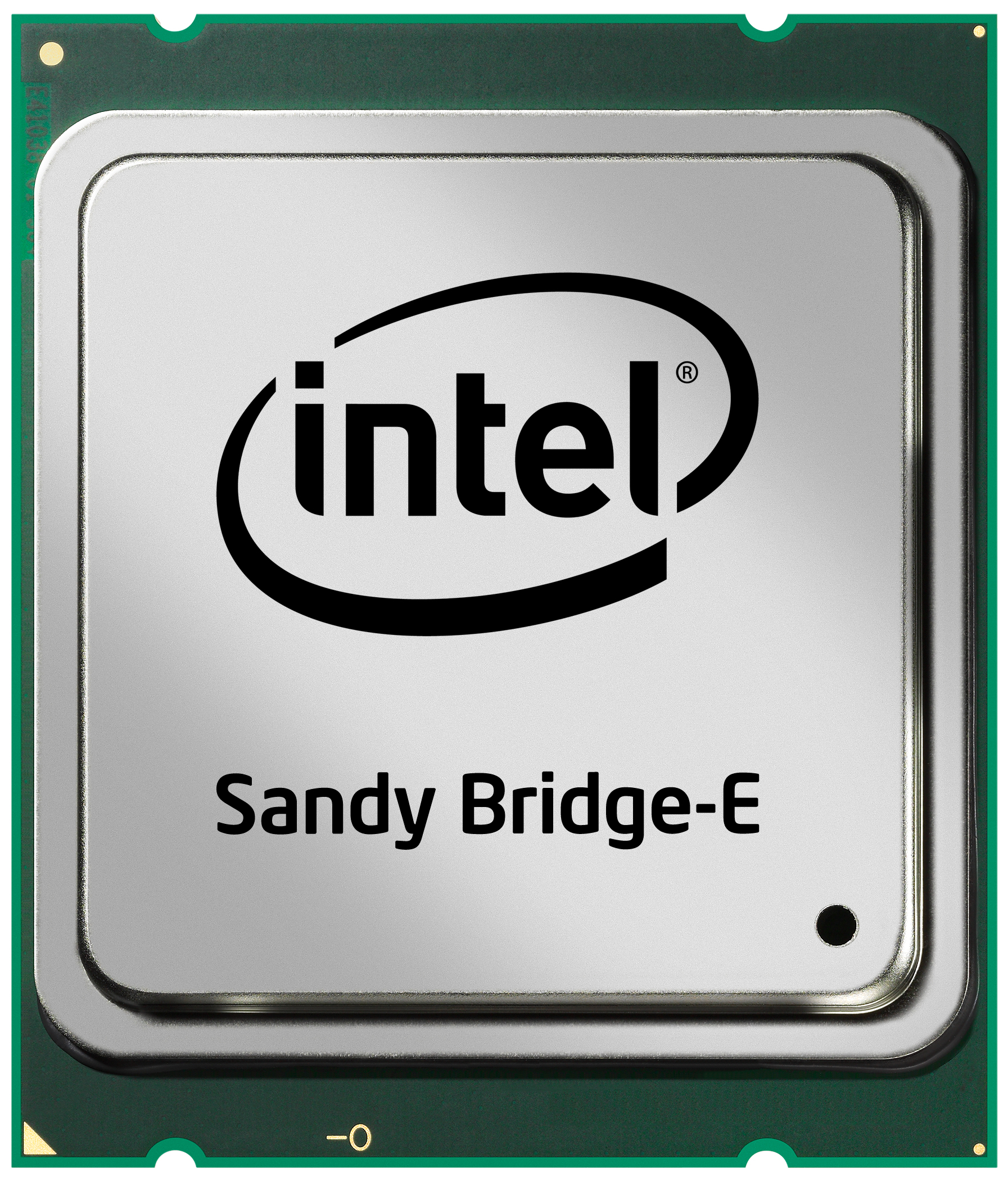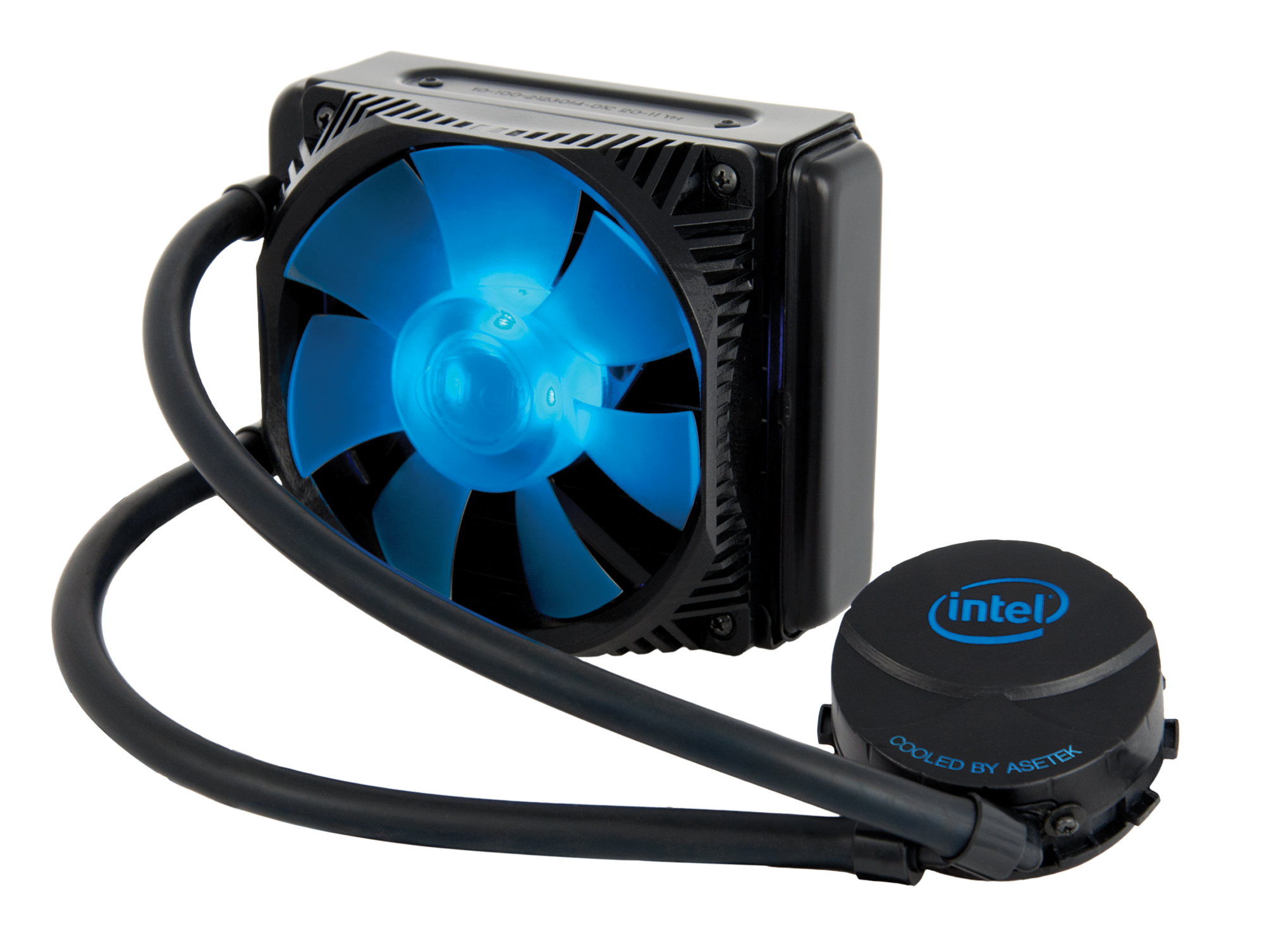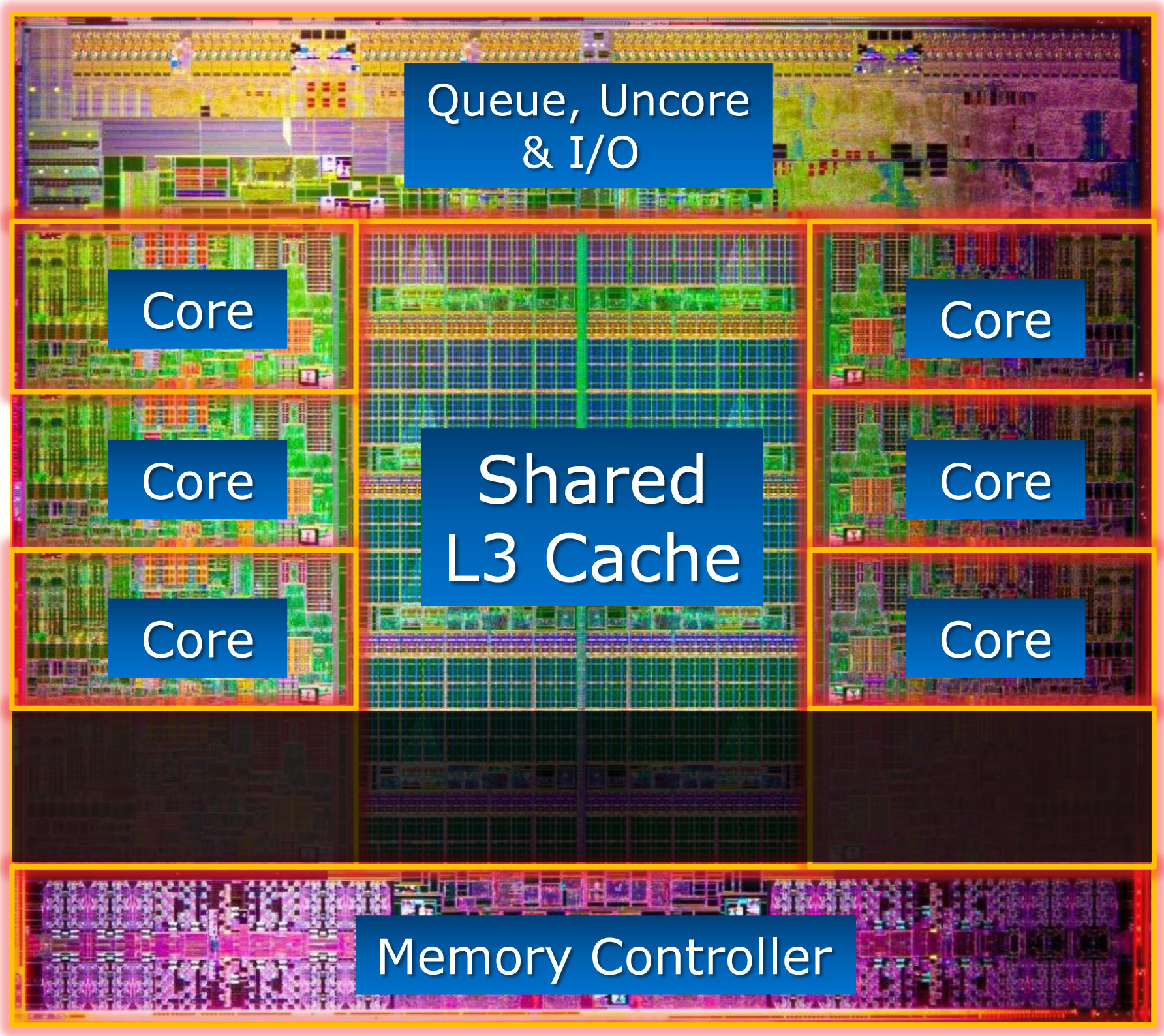Core i7-3970X Extreme Review: Can It Stomp An Eight-Core Xeon?
After one year of dominating the enthusiast space, Intel's Core i7-3960X is being replaced. The new Core i7-3970X features higher clock rates, but also imposes a 150 W TDP. Just for kicks, we're putting it up against another 150 W CPU: the Xeon E5-2687W.
Core i7-3970X Extreme: Six Cores And Up To 4 GHz
Just one week ago, I was putting together some quick thoughts for Win A Custom-Painted Falcon Northwest Tiki! "It’s amazing," I thought, "that you can get such compelling performance from a 77 W Ivy Bridge-based processor." As a result of those manageable thermals, companies like Falcon Northwest are able to cram a Core i7-3770K, overclocked, into a little mini-ITX-based machine.
Of course, it didn't even take a week before Intel set out to show me it could also go the other direction, manufacturing an even faster desktop-oriented CPU capable of sucking down twice as much power as the -3770K. Meet the new Core i7-3970X.
As the new flagship of Intel’s Sandy Bridge-E-based Core i7-3000 family, this chip succeeds the Core i7-3960X, which was launched almost exactly one year ago. It drops into the LGA 2011 processor interface, and it sells for the same $1000.
But whereas the Core i7-3960X is a 130 W CPU, Intel rates its Core i7-3970X for 150 W.
Only one other time in history have we seen a 150 W desktop part, and that was the Core 2 Extreme QX9775. Back in 2008, Intel introduced the LGA 771-based QX9775 to populate its Skulltrail platform—a dual-socket configuration aimed at content creation professionals.
Today’s Core i7-3970X is only intended to operate in single-processor setups. Its higher thermal ceiling comes from a speed bump. The -3960X features a base clock rate of 3.3 GHz. Turbo Boost takes it as high as 3.9 GHz in single-threaded apps, when headroom allows. The -3970X starts at 3.5 GHz, but then accelerates up to 4 GHz via Turbo Boost.
Both processors feature six active cores, plus Hyper-Threading, allowing them to address 12 threads concurrently. They similarly feature 15 MB of shared L3 cache, and are manufactured using the same 32 nm process. Naturally, the two Extreme Edition chips boast unlocked multiplier ratios, too.
Get Tom's Hardware's best news and in-depth reviews, straight to your inbox.
Does anything about the Core i7-3970X alter what we’re able to achieve with regard to overclocking? Not particularly. The Core i7-3960X we tested a year ago ran stably at 4.6 GHz with all six of its cores fully utilized. Today’s -3970X rests comfortably at 4.7 GHz using the same closed-loop liquid cooler.
Higher speeds are possible using more aggressive voltages (I was trying to stay under 1.4 V), but then you have to worry about thermals. The Core i7-3970X needs to be kept under 91 degrees Celsius in order to avoid throttling, and this becomes increasingly difficult at higher voltage settings.
Cooling is a naturally an important consideration, then. Intel says that its RTS2011AC air cooler, which sells for just under $30, is not sufficient for the Core i7-3970X. However, the RTS2011LC closed-loop thermal solution we’ve been using for testing is able to handle 150 W CPUs. Since many vendors don’t get specific about their thermal performance, you’ll need to check with your vendor of choice about compatibility. And because Intel doesn't ship its LGA 2011-based models with coolers, plan on spending $70 to $80 more for something appropriate.
The Competitive Landscape
Wait, what competitive landscape? Core i7-3960X went unmatched for a year. AMD’s fastest chip, the FX-8350, does battle in the middle of Intel's Ivy Bridge family. A Core i7-3770K is a smart choice for high-end gaming PCs. But when it comes to running threaded apps in a professional capacity or setting up a multi-card gaming box, Sandy Bridge-E-based Core i7s remain the best of the best.
We’re including all of the usual suspects in today’s benchmarks, including the Core i7-3960X and Core i7-3930K. But we also want to see how Core i7-3970X fares against the other 150 W processor in Intel’s current portfolio: the Xeon E5-2687W.
Equipped with eight cores and 20 MB of shared L3 cache, the Xeon is what Sandy Bridge-E really could be if Intel didn't disable parts of it. But because more of the die’s resources are enabled on the Xeon, generating heat, Intel has to be more conservative about its clock rates. A base 3.1 GHz frequency is comparatively slower than the Core i7 in heavily-threaded apps. But we’re guessing that, in those same workloads, having more cores helps compensate. In single-threaded benchmarks, the E5-2687W spins up to 3.8 GHz via Turbo Boost.
The comparison isn’t anywhere close to fair, of course. Because the Xeon is designed to drop into dual-socket motherboards, Intel charges more for it. A lot more. Newegg has the processor listed for $1900, or almost twice as much as the new Core i7 Extreme—which brings up another point. The Xeon doesn’t have an unlocked multiplier, so you can’t overclock it.
But hey, two Xeon E5-2687Ws together are simply unbeatable. Don’t believe me? Check out Intel Xeon E5-2600: Doing Damage With Two Eight-Core CPUs.
Current page: Core i7-3970X Extreme: Six Cores And Up To 4 GHz
Next Page Test Setup And Software-
amuffin 100mhz faster than the 3960X, not worth the extra premium.Reply
Same thing goes for the 3960X compared to the 3930K....not worth the extra 100mhz for $400.... -
tumetsu I've recently started facepalming every time I see BF3 in CPU benchmarks. "Boy oh boy, this hasn't been confirmed like a hundred times already but the single player is decidedly graphics-bound, so here, have these charts with identical results anyway."Reply -
dragonsqrrl jaquithBoo on Intel for not enabling all 8-cores especially at that price!They don't have much of a choice when it comes to the i7's. With the 32nm Sandy Bridge-E Intel has to make a choice between prioritizing clocks or core count within a 150W TDP, based on the target workload for a particular processor. For Xeon's the choice is easy, more cores. For desktop applications the choice isn't as clear, but I think most users would still benefit more from a higher clocked 6-core than a lower claocked 8-core. That's slowly changing though.Reply
Intel also doesn't want a situation where their LGA 1155 processors outperform their $1000 extreme edition in lightly threaded workloads, which is yet another reason to favor 6-core for now.
I'd personally like to see an 8-core i7, even if it means lower clocks, but I don't think that'll happen until Ivy Bridge-E. At 22nm Intel probably won't have to make a choice, we'll get the best of both worlds. -
nebun jaquithBoo on Intel for not enabling all 8-cores especially at that price!why would they....they don't need to do it at this time....amd's top cpu is still very slow when compared with even intels mid rannge cpusReply -
unknown9122 Why do people still benchmark on itunes 10.4? 10.7 is out... as for the 8 cores as said above^, there is no need to have more than 6. Because if it had 8, then xeons would not sell to pros.Reply -
BoredErica Why are we not manually overclocking this expensive CPU? Why do we do benchmarks against stock ig 2500k?Reply -
A Bad Day You also forgot something when comparing against Xeon:Reply
Stability test.
Run the i7 for one month under Prime95. It will crash. Run the Xeon for one month under Prime95. If it crashes, then you got a defective Xeon because they're not suppose to crash under 24/7 workload. -
anthonyorr nebunwhy would they....they don't need to do it at this time....amd's top cpu is still very slow when compared with even intels mid rannge cpusReply
Why would you even include the 8350? It is 1/6th the price of this CPU. I couldn't imagine what a modern AMD desktop CPU would consist of at the $1000+ price range.





